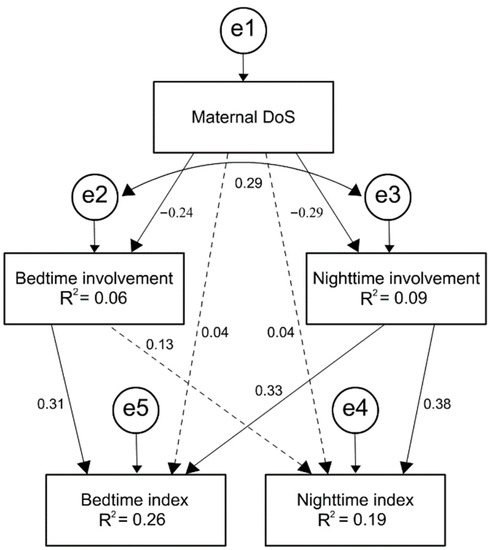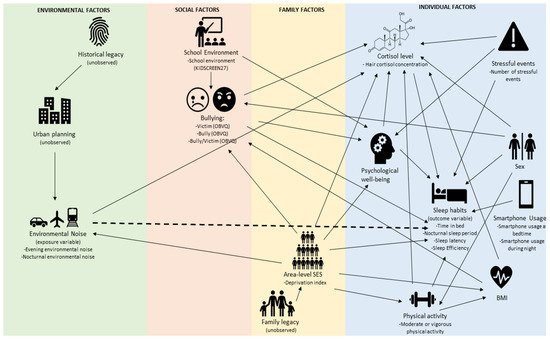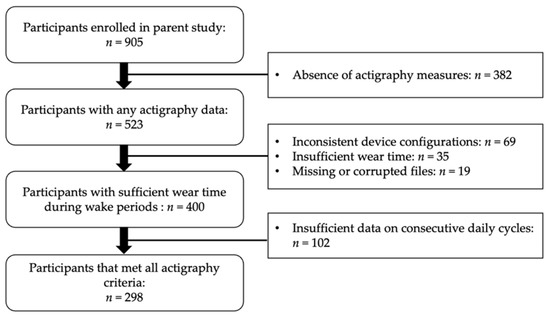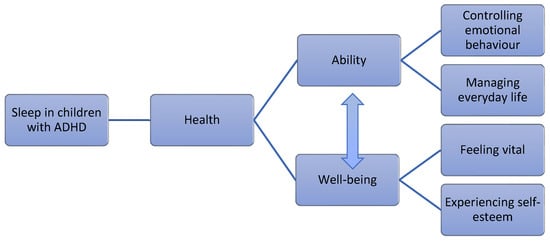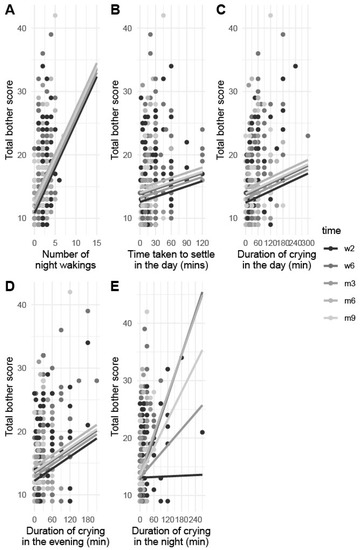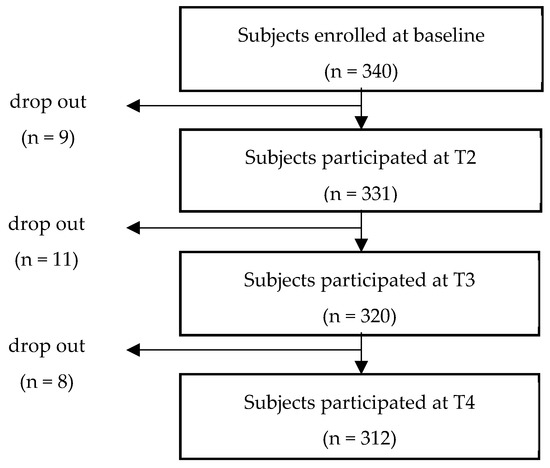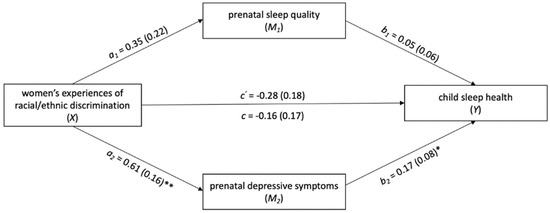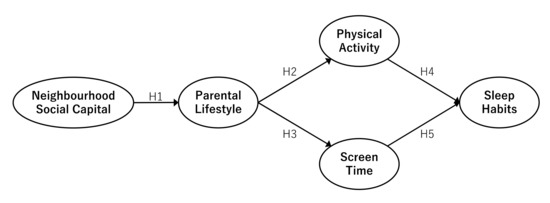Sleep in Children
A topical collection in International Journal of Environmental Research and Public Health (ISSN 1660-4601). This collection belongs to the section "Behavioral and Mental Health".
Viewed by 22983Editors
Interests: developmental neuropsychology; sleep disorders; neuroscience; statistics
Special Issues, Collections and Topics in MDPI journals
Interests: sleep development throughout the lifespan; sleep/nutrition interaction; sleep medicine; sleep and cognitive performance; automated processing of sleep patterns
Special Issues, Collections and Topics in MDPI journals
Topical Collection Information
Dear Colleagues,
We are pleased to invite you to contribute to this Topical Collection focusing on a child’s sleep. A young child engages in sleeping activities more than in any other activity during the 24-hour cycle. However, what constitutes sleep behavior and sleep patterns suitable for a child’s development remain open questions.
Many disorders occur in both children and adults, and may have similar features, but some sleep behaviors might be uniquely disturbed during childhood. Examples of these pediatric sleep disorders are cot death, inappropriate sleep transition schedules or certain parasomnias that are more prevalent in childhood years. At the same time, studies are progressively showing that in our 21st century society, children are not obtaining the sleep appropriate for their stages of development. Nonetheless, the scientific community unraveling the role of sleep in a child’s development remains challenged. That is, a growing body of studies discusses the benefits of sleep and the downsides of poor sleep, but important questions worthy of our consideration remain unanswered; e.g., What are the age-related differences in sleep physiology? What are the age-related differences in sleep behaviors? What is normal versus abnormal across child development? What are culturally adept caregiver-child sleep interactions? Which assessment, treatment and management of sleep disorders is best tailored to the needs of a developing child?
In addition, to date, a growing body of studies suggest that sleep-related pathology may cause, mimic, or exacerbate daytime symptomatology across development. Vividly investigated is the impact of poor sleep on cognitive development and school performance, with reported effect sizes ranging from 0.05 to 0.35 denoting the unignorable association. Other developmental domains may have been overshadowed by this interest in learning and memory capacity during childhood, but are equally relevant to a child’s growth.
The aim of this Topical Collection is, therefore, to increase our understanding of the role of sleep in children. Studies investigating the outcomes of poor sleep, the impact of poor health on a child’s sleep, as well as environmental influences (e.g., family, sleep environment) on a child’s sleep are solicited. Similarly, studies on the treatment or management of pediatric sleep disorders, or new devices and apps to track or monitor their sleep are welcomed.
This Topical Collection invites manuscripts reporting original research and reviews, investigating the sleep of children—newborns, infants, toddlers, school-aged children and adolescents.
Related Webinar: https://0-www-mdpi-com.brum.beds.ac.uk/journal/ijerph/announcements/5773.
You may choose our Joint Topical Collection in Children.
Prof. Dr. Karen Spruyt
Prof. Dr. Patricio Peirano
Collection Editors
Manuscript Submission Information
Manuscripts should be submitted online at www.mdpi.com by registering and logging in to this website. Once you are registered, click here to go to the submission form. Manuscripts can be submitted until the deadline. All submissions that pass pre-check are peer-reviewed. Accepted papers will be published continuously in the journal (as soon as accepted) and will be listed together on the collection website. Research articles, review articles as well as short communications are invited. For planned papers, a title and short abstract (about 100 words) can be sent to the Editorial Office for announcement on this website.
Submitted manuscripts should not have been published previously, nor be under consideration for publication elsewhere (except conference proceedings papers). All manuscripts are thoroughly refereed through a single-blind peer-review process. A guide for authors and other relevant information for submission of manuscripts is available on the Instructions for Authors page. International Journal of Environmental Research and Public Health is an international peer-reviewed open access monthly journal published by MDPI.
Please visit the Instructions for Authors page before submitting a manuscript. The Article Processing Charge (APC) for publication in this open access journal is 2500 CHF (Swiss Francs). Submitted papers should be well formatted and use good English. Authors may use MDPI's English editing service prior to publication or during author revisions.
Keywords
- polysomnography
- sleep epidemiology
- sleep behaviors
- child development
- sleep tool
- sleep treatment
- sleep health
- cognition
- socio-emotional behavior
- sleep disorders






